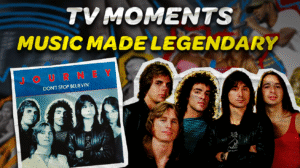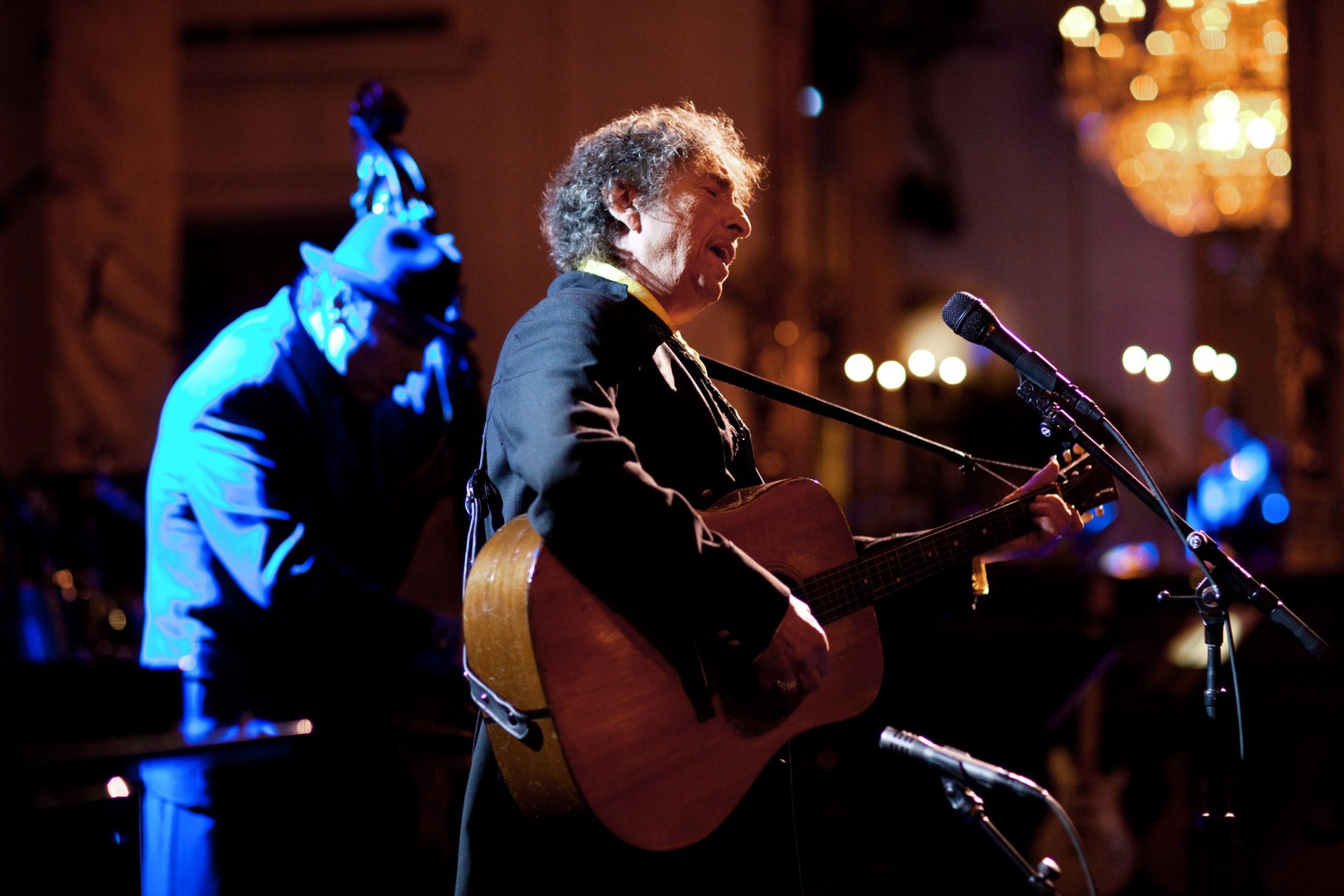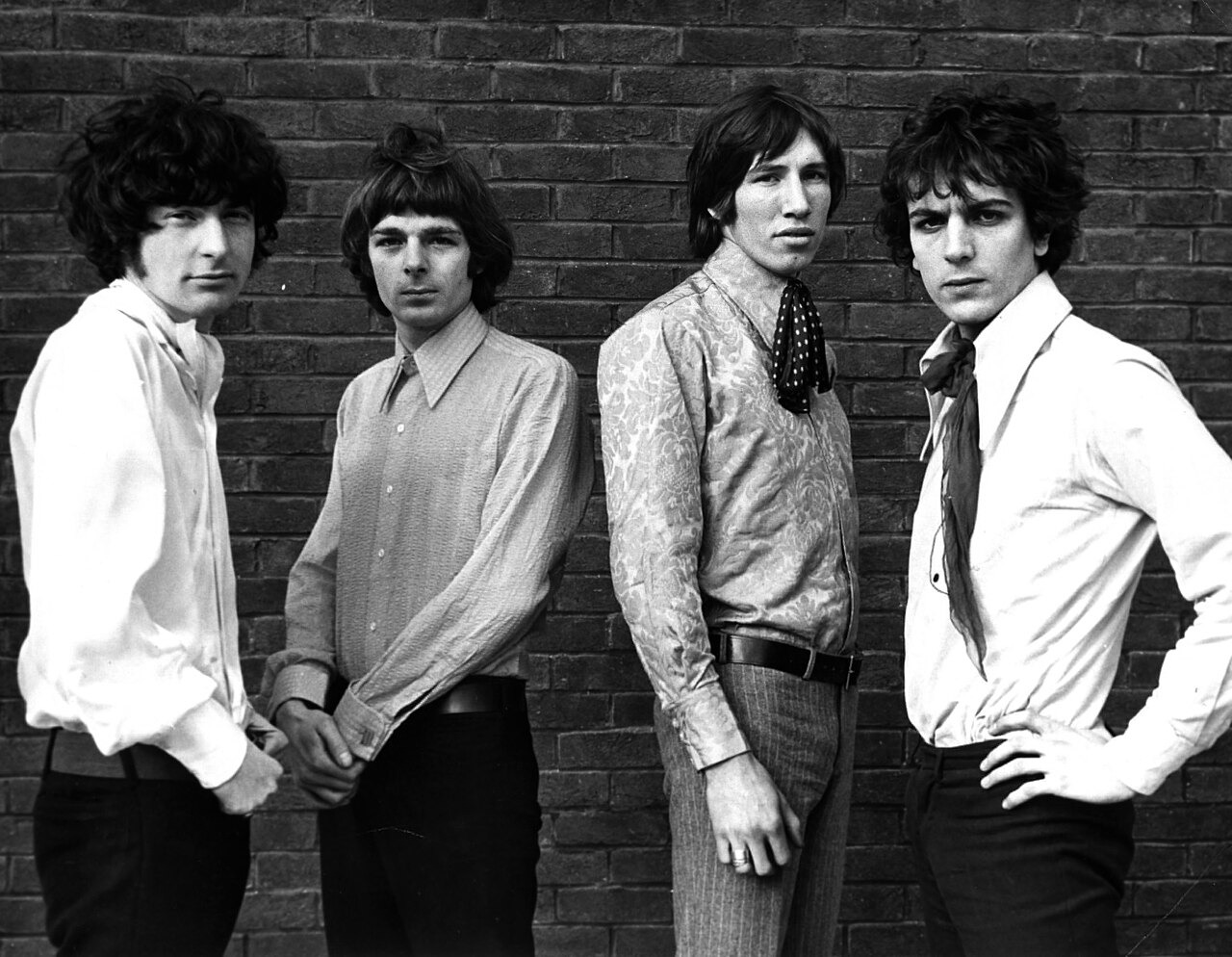
Dive into 1962, a year teeming with unheard symphonies. Many amazing songs faded into obscurity, eclipsed by bigger chart-toppers. These tracks are a time capsule of sound, full of untapped artistic expression. Rediscovering them enriches your understanding of musical evolution. Our curated list isn’t about popularity. Instead, it spotlights overlooked tracks brimming with innovation. They stand out for catchy hooks, unique instrumental choices, and honest lyrics. The selection blends genres, from soulful blues to energetic rock. Each unearthed melody offers something new, a glimpse into a vibrant past. Prepare to be amazed by these musical diamonds in the rough. What hidden stories will these forgotten songs unlock?
16. Do You Love Me – The Contours

Have you ever wondered about songs that spark instant movement? The Contours’ “Do You Love Me” is pure adrenaline. Berry Gordy Jr. penned the track, originally considering it for The Temptations. The result is iconic. Its energy is infectious. The song is an invitation to dance, not a request. It features exuberant calls to “do the mashed potato” and “the twist,” dance crazes of the era. “Do You Love Me” catapulted to number 3 on the Billboard Hot 100 and claimed the number 1 spot on the R&B chart. The song found a new audience after its inclusion in the 1987 film Dirty Dancing, introducing its energy to new listeners. More than a hit, it became a timeless celebration of raw, unadulterated joy.
15. Hey Baby – Bruce Channel
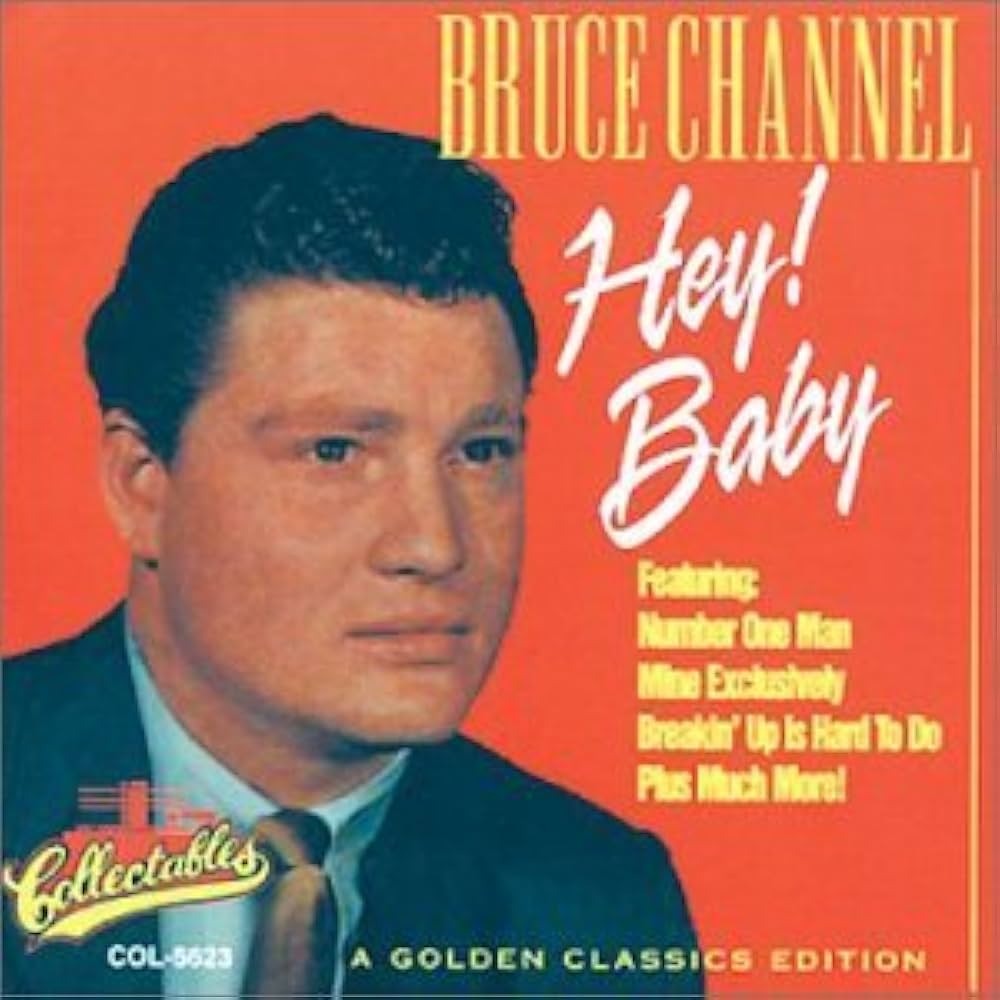
Imagine a world on the cusp of Beatlemania. Bruce Channel’s “Hey Baby” set the stage. Released in December 1961, the song’s catchy sound quickly gained traction. Bruce Channel and Margaret Cobb co-wrote the song, which owes much of its success to Delbert McClinton’s unforgettable harmonica riff. Its irresistible charm caused it to climb the charts, reaching number 1 on the Billboard Hot 100 in March 1962 for 3 weeks. It even hit number 2 in the United Kingdom. This success had a ripple effect, as it influenced John Lennon’s harmonica style for “Love Me Do.” “Hey Baby” resonated across generations due to its upbeat tempo and simple message. Its universal appeal made it a chart-topper and a touchstone.
14. Bobby’s Girl – Marcy Blane
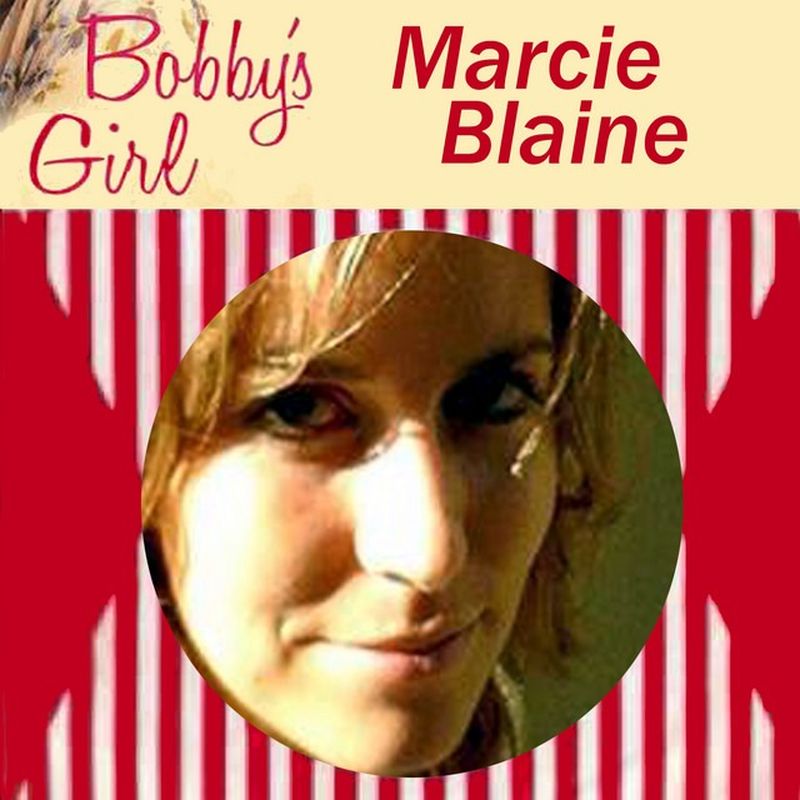
Have you ever considered fleeting fame? “Bobby’s Girl” by Marcy Blane brought her to momentary stardom. Written by Gary Klene and Henry Hoffman, the song tapped into teenage yearning. What made it so captivating? Its heartfelt depiction of young love resonated. The single reached number 3 on the Billboard Hot 100 and number 2 on the Cashbox chart. Its popularity extended to Canada and New Zealand. For a brief time, Marcy Blane became the bestselling female singer in the United States. “Bobby’s Girl” offered a simple solution to teenage angst. The song remains a beloved classic, speaking to the timeless nature of first crushes. Its enduring sweetness hints at an eternal longing.
13. Telstar – The Tornadoes
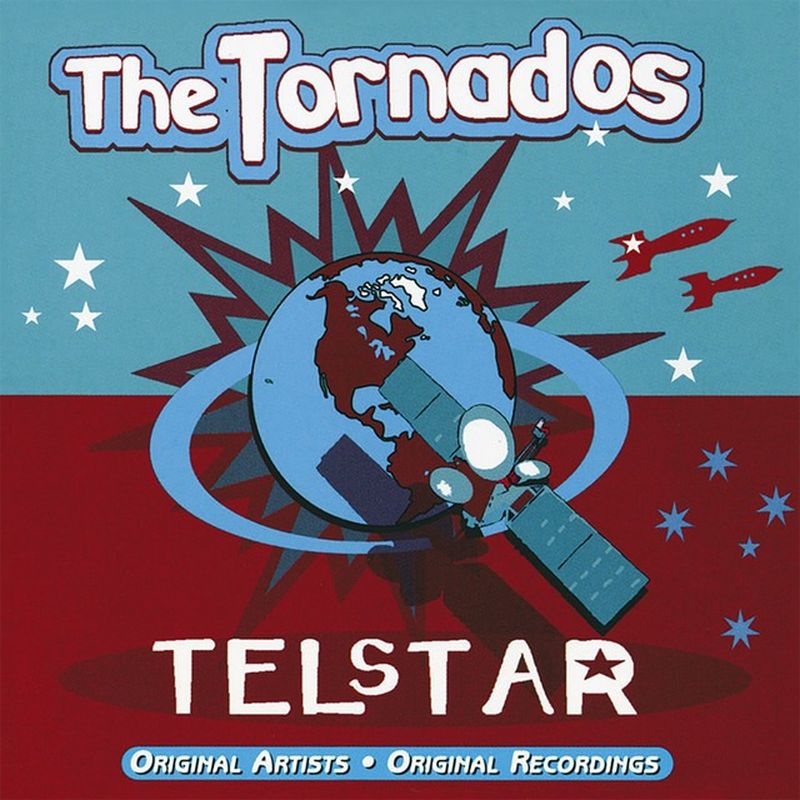
Imagine music as a blank canvas, ripe for bold experimentation. Unlike traditional tunes, “Telstar” by The Tornadoes ventured into uncharted sonic territory. An instrumental released in August 1962, it’s a space-age odyssey in sound. Joe Meek wrote and produced the track, inspired by the Telstar Communications Satellite launched in July 1962. Instead of familiar instruments, it includes electronic sounds created with the Clavioline. “Telstar” soared to number 1 in both the United Kingdom and the United States. This was a milestone, marking the first time a British group topped the US charts. “Telstar” contrasted sharply with conventional pop sounds. Its bold vision transformed music.
12. I Know (You Don’t Love Me No More) – Barbara George
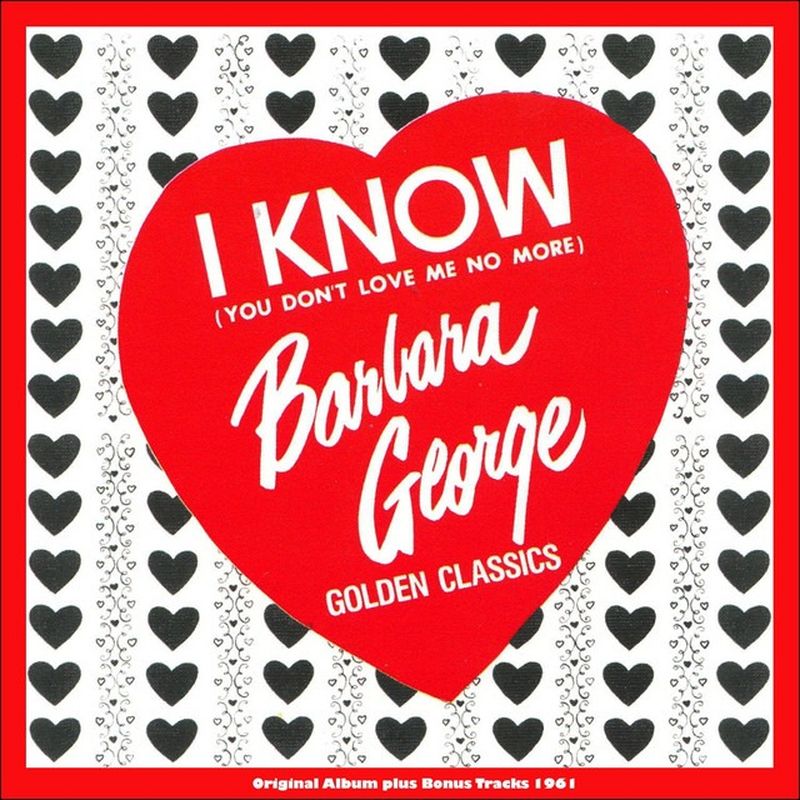
Step into a dimly lit club where heartbreak takes center stage. Barbara George’s “I Know (You Don’t Love Me No More)” embodies raw emotion. Released in November 1961, it showcased her songwriting talent. The song tells the story of a woman facing the painful truth: her lover’s affection is gone. Its advantage lies in George’s soulful delivery, propelling it to number 1 on the R&B chart in early 1962. Recorded at J&M Studios in New Orleans, the track featured talented local musicians. Its limitation rested only in time, as it was brief but powerful. Later, Fats Domino, Cher, and Bonnie Raitt would record their own versions. “I Know” offered a template for future female artists. Its influence has echoed through generations.
11. Party Lights – Claudine Clark
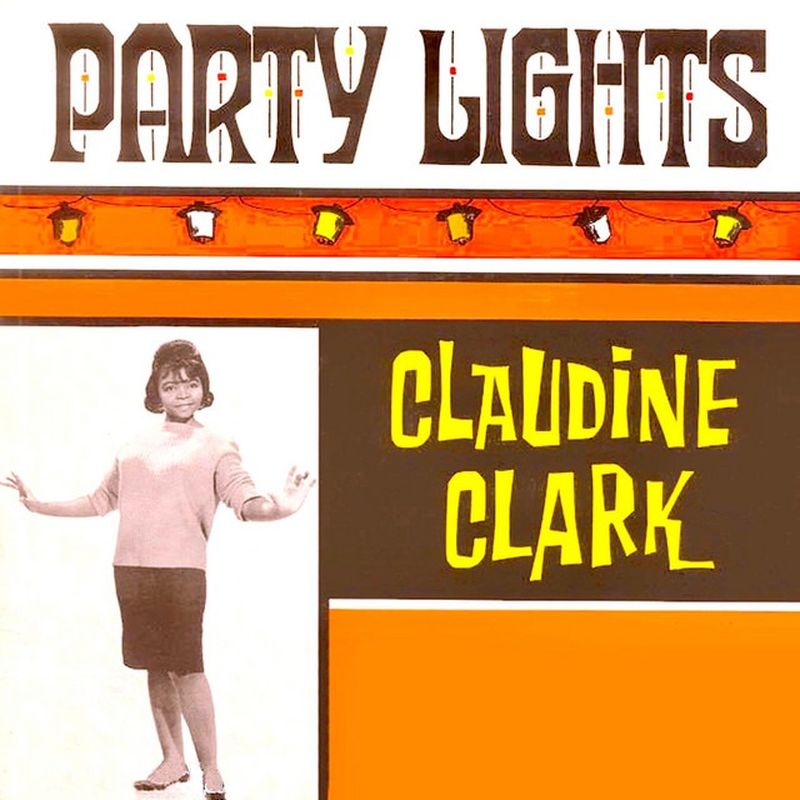
Music historians often undervalue songs with complex emotions. “Party Lights” by Claudine Clark proves them wrong. Written and performed by Clark, it reveals a bittersweet story. It tells of a girl excluded from a lively celebration. Experts note it reached number 3 on the United States Rhythm and Blues chart and number 5 on the pop chart. The song was also included on Clark’s album ‘Party Lights’. Bob Marucci and Russ Faith produced the single, adding to its polished sound. Billboard ranked it 35th among the top 100 singles of 1962. “Party Lights” expertly blends happiness with sorrow. Its emotional honesty continues to resonate.
10. What’s Your Name – Don and Juan

Envision close harmonies floating through the air. “What’s Your Name” by Don and Juan embodies this sound. Released in late 1961, the song’s simple structure highlights the duo’s vocal blend. Claude Johnson wrote the song. It tells of a man seeking a girl’s name, a basic premise made beautiful. The song achieved number 7 on the Billboard Hot 100 in 1962. This became the duo’s only top 40 hit. Big Top Records released the single. What starts as a simple question blossoms into a romantic plea. Its smooth vocals added a layer of sophistication. “What’s Your Name” retains a timeless appeal.
9. You’ll Lose A Good Thing – Barbara Lynn

Empowerment is claiming your worth. Barbara Lynn’s “You’ll Lose A Good Thing” provides this definition. Released in 1962, and written and performed by Lynn, the song boldly confronts relationship imbalance. It warns a lover that mistreatment will result in losing a good woman. Her strong message caused the song to reach number 8 on the Billboard Hot 100, securing the number 1 spot on the R&B chart. Recorded at J&M Studios in New Orleans, its raw energy is palpable. Huey P Mo produced the song, while Freddy Fender later made a country version in 1976. “You’ll Lose a Good Thing” offered a powerful solution. Its lyrics served as an early feminist anthem.
8. Shout Shout – Ernie Maresca
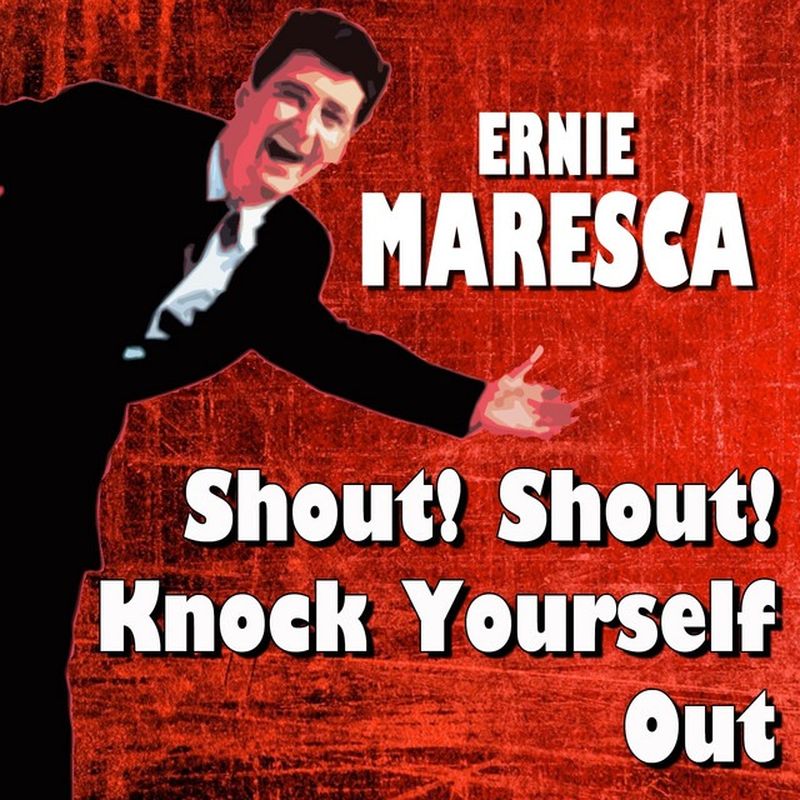
Imagine the dance floors of tomorrow echoing with classic beats. Ernie Maresca’s “Shout Shout” provides timeless inspiration. Co-written with Thomas F Bdani, the song prioritizes pure fun. Encouraging listeners to dance, the energy is undeniable. The song features a reference to Dion’s “Runaround Sue,” connecting it to other hits. The Dell Satins provided backing vocals, adding depth to the sound. It reached number 6 on the Billboard Hot 100, signaling its immediate impact. “Shout Shout” also appears on Maresca’s album. While the details add context, the driving beat remains the most important element. The tune inspires future generations to move.
7. Let Me In – The Sensations

Harmonies blend with youthful exuberance in this vintage delight. “Let Me In” by The Sensations captures this perfectly. Yavon Baker led the vocals. It featured a catchy ‘WEO’ refrain. The lyrics explore the simple desire to join a celebration. You probably know it reached number 4 on the Billboard Hot 100, peaking at number 2 on the R&B chart in 1962. Bette Midler later recorded her own version. It showed up in the 2003 film Secondhand Lions and a Cadillac commercial in 2018. The “WEO” refrain makes anyone long to feel included. It invites listeners to participate in something joyful.
6. Snap Your Fingers – Joe Henderson
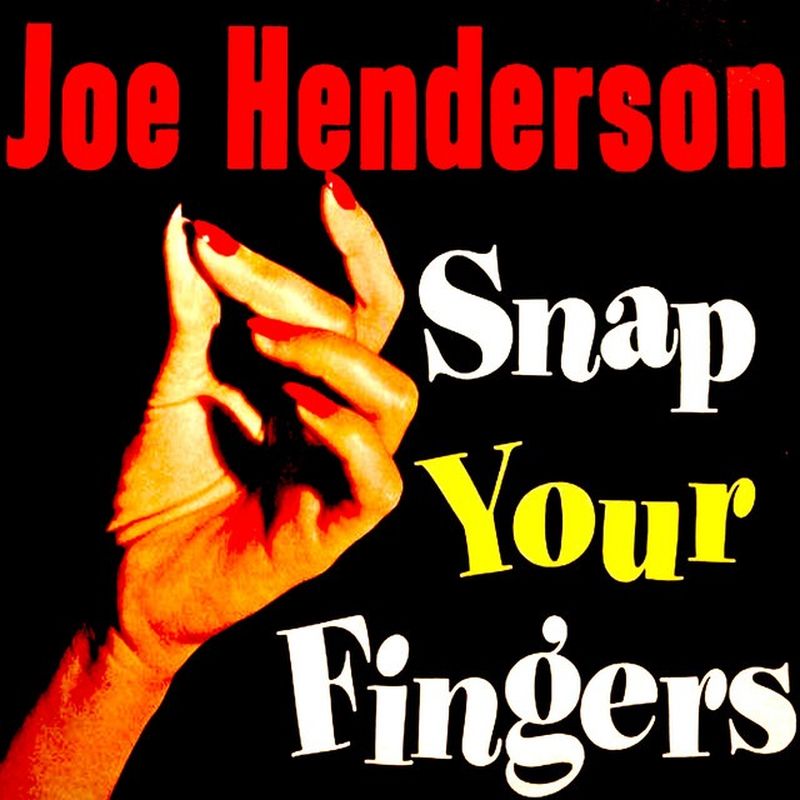
Unlike many bombastic hits, this ballad whispers its story. Joe Henderson’s “Snap Your Fingers” offers a study in understated cool. Greedy Martin and Alex Anettis wrote the song, starting with the basics. The lyrics explore a man pleading for his lover’s return. The track reached number 2 on the R&B chart and number 8 on the Billboard Hot 100. It even claimed number 5 on the adult contemporary chart. With smooth vocals, it presents complex emotions. What starts simple ends with profound implications. His voice conveys a desperate plea. Even now, this message continues to resonate.
5. Johnny Get Angry – Joanie Sommers
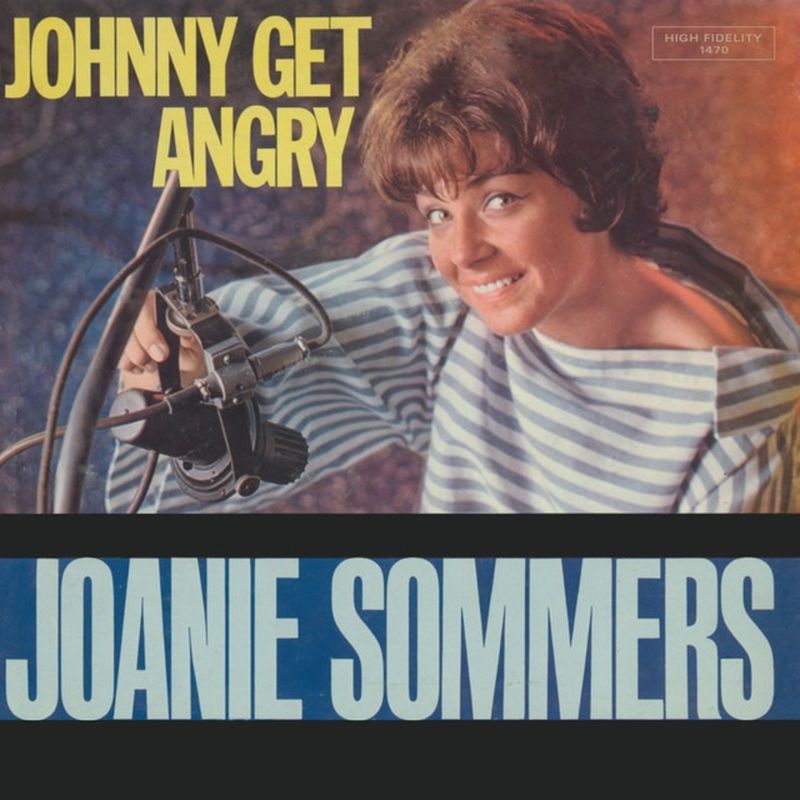
“Sweetness is the only virtue,” they say. Joanie Sommers’ “Johnny Get Angry” challenges this notion. Howal David and Sherman Edwards wrote it. The song uses kazoos, creating a quirky sound. The lyrics suggest a girl urges her boyfriend to display feelings by getting angry. The track hit number 7 on the Billboard Hot 100, climbing to number 4 on Canada’s Chum chart. The kazoos create a specific sound, adding a layer of playful silliness. The anger can show love, creating a difficult concept to process. The song’s value remains a subject of debate.
4. Stranger on the Shore – Mr. Acker Bilk
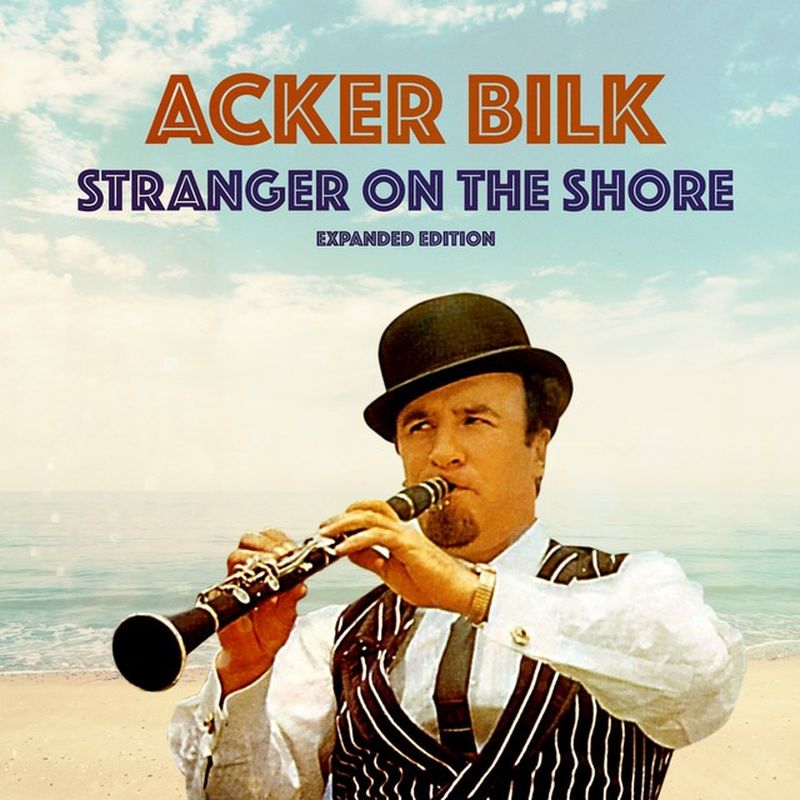
Imagine walking along a tranquil beach at twilight. Mr. Acker Bilk’s “Stranger on the Shore” provides the perfect soundtrack. Released in October 1961, the tune began as a British television theme. Then, his clarinet transformed the composition. Its smooth notes propelled it to number 1 on the Billboard Hot 100 in May 1962. It became the first British single to achieve this milestone in the United States. It also topped the UK singles chart, becoming the bestselling UK single of 1962. These achievements helped define the artist. Bilk secured a remarkable legacy.
3. A Wonderful Dream – The Majors
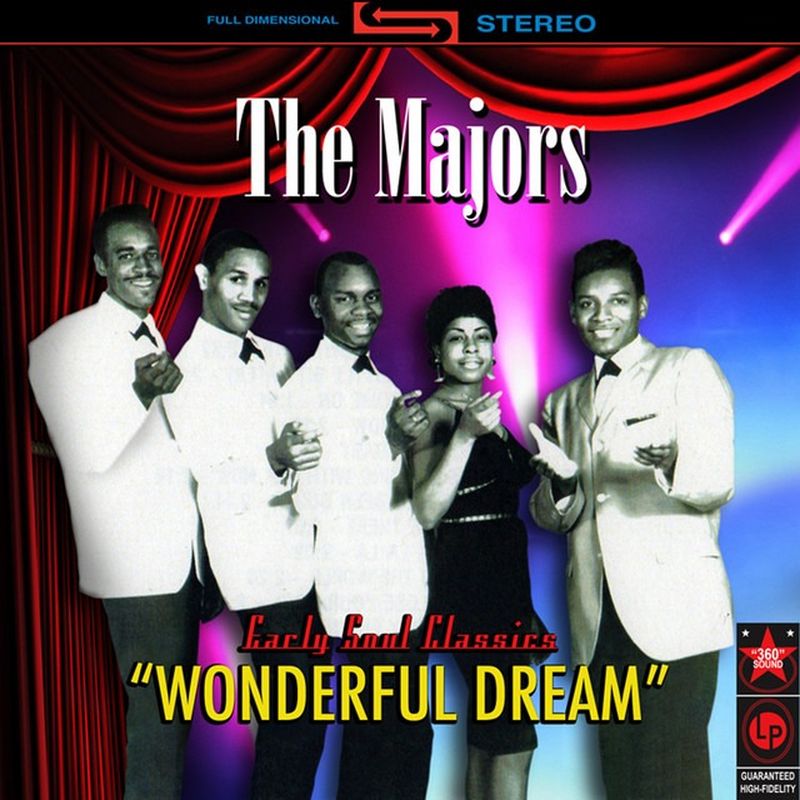
Imagine silken voices blending into perfect harmony. Before The Majors, this sound was rare. “A Wonderful Dream” showcases their signature style. Written by Edward Marshall and Jerry Ragavoy, it starts with the whole feeling. Then features Ricky Cordo’s lead vocals. The lyrics focus on a dream world. The singer holds their loved one. The song reached number 22 on the Billboard Hot 100. Before this, the group faced obscurity. Now, The Majors had fans. Its heartfelt quality maintains popularity. It continues to inspire all doo-wop aficionados.
2. I Need Your Loving – Don Gardner and Dee Dee Ford
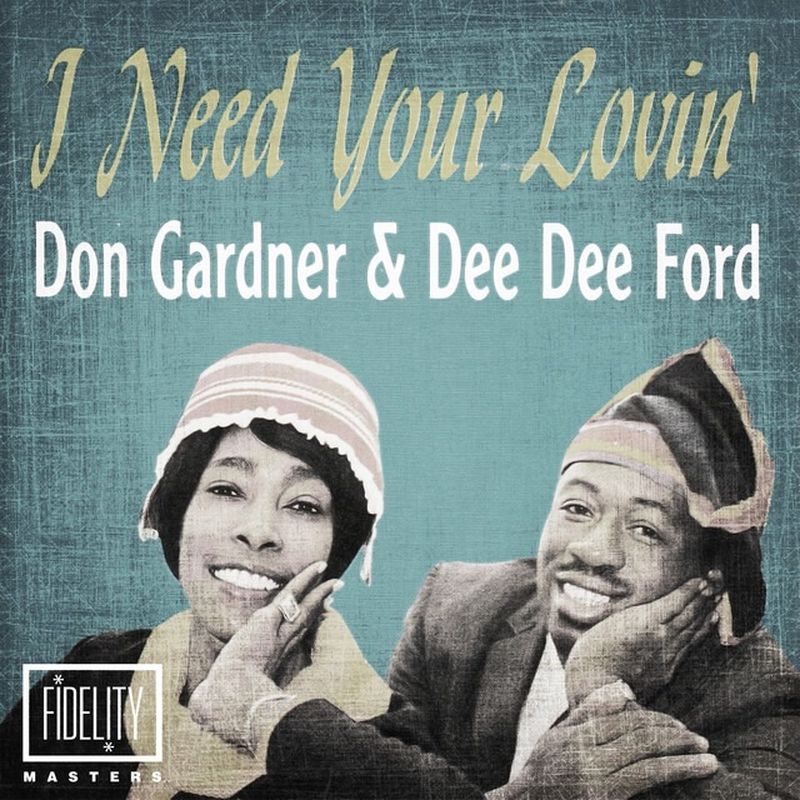
Passion in music leads to unforgettable performances. “I Need Your Loving” by Don Gardner and Dee Dee Ford embodies this perfectly. Bobby Robinson and Don Gardner wrote it. A pro is the back and forth vocals. A con is the limited success. The lyrics have a strong longing. The song hit number 20 on the Billboard Hot 100. On the R&B chart, it rose to number 4. The surprise pause adds drama. Their voices blended well together. The duet made this track special. These elements remain iconic.
1. Funny How Time Slips Away – Jimmy Elledge

Imagine future generations discovering forgotten classics. “Funny How Time Slips Away” by Jimmy Elledge would still resonate. The advantages lie in its crossover appeal. It sounds great in different genres. One limit is the Billboard Hot 100, peaking at #22. The song’s appeal is it sold over one million copies in 1962. It had recognition in country and pop. The future recognized its merit. Elledge’s tune carved a path for genre fusions. It helped to make crossover music successful. Its reach had influence on future styles.




